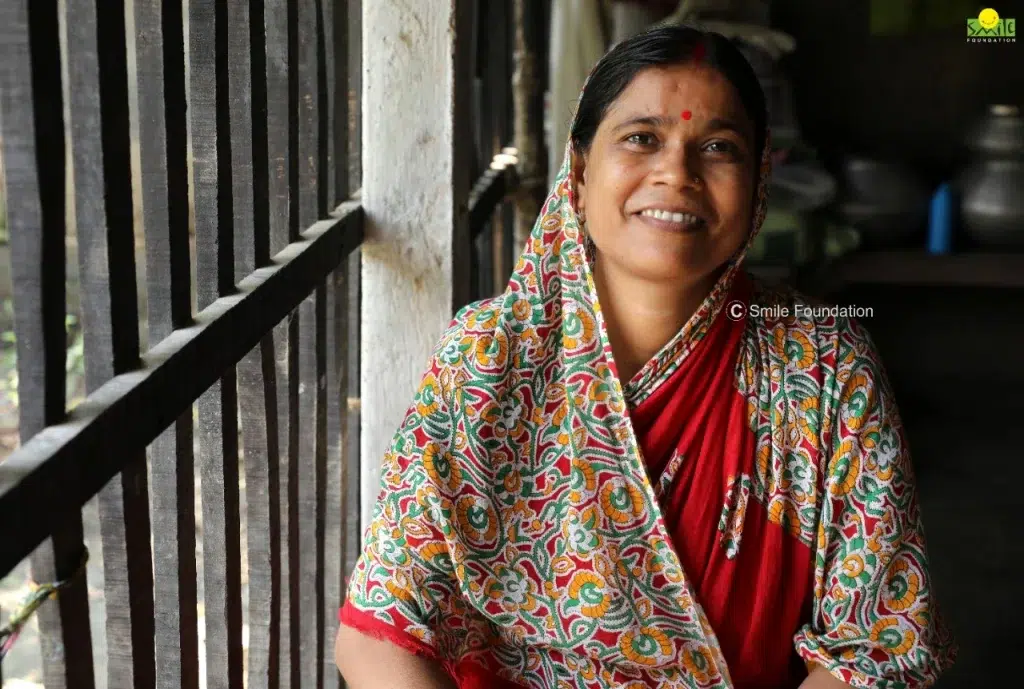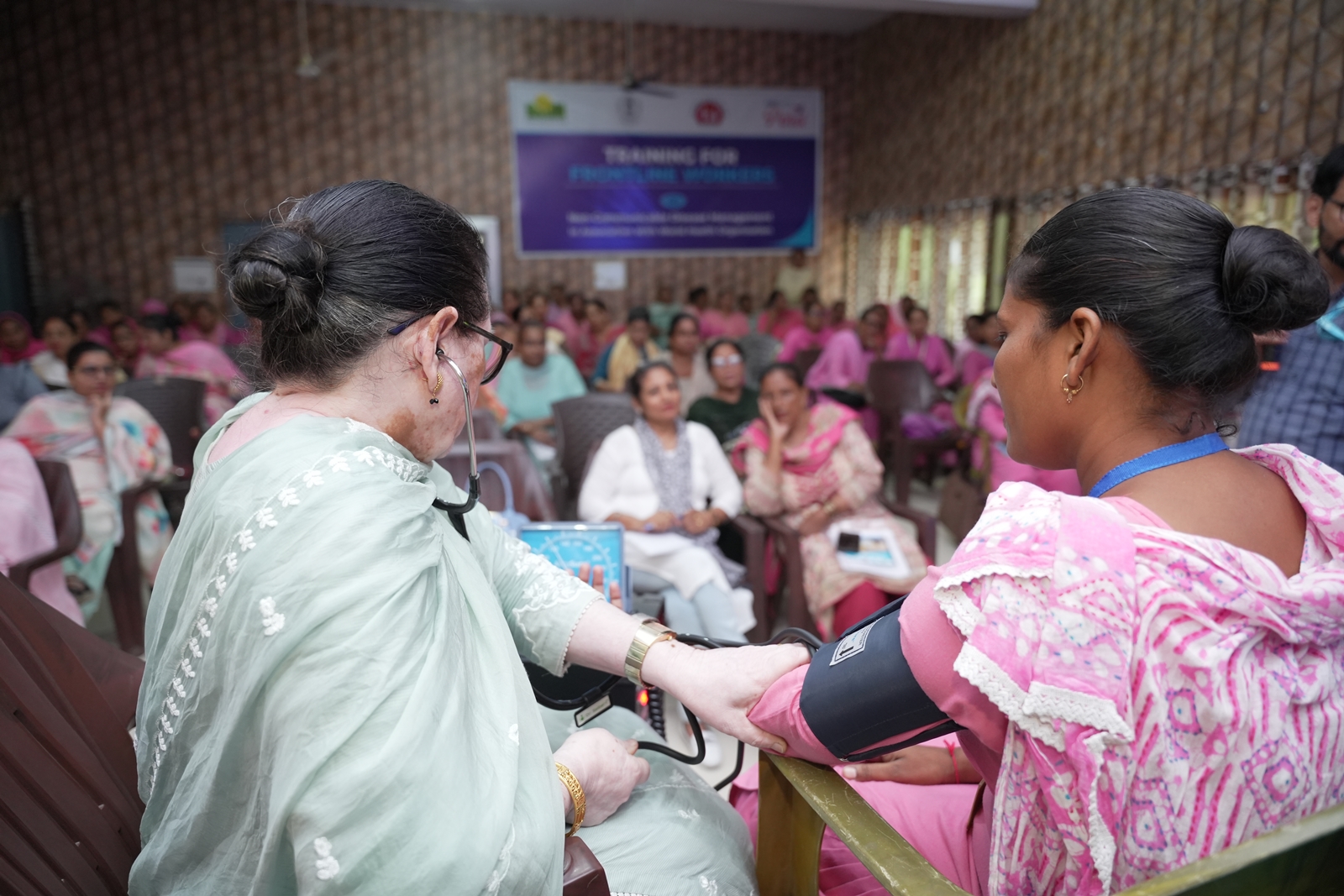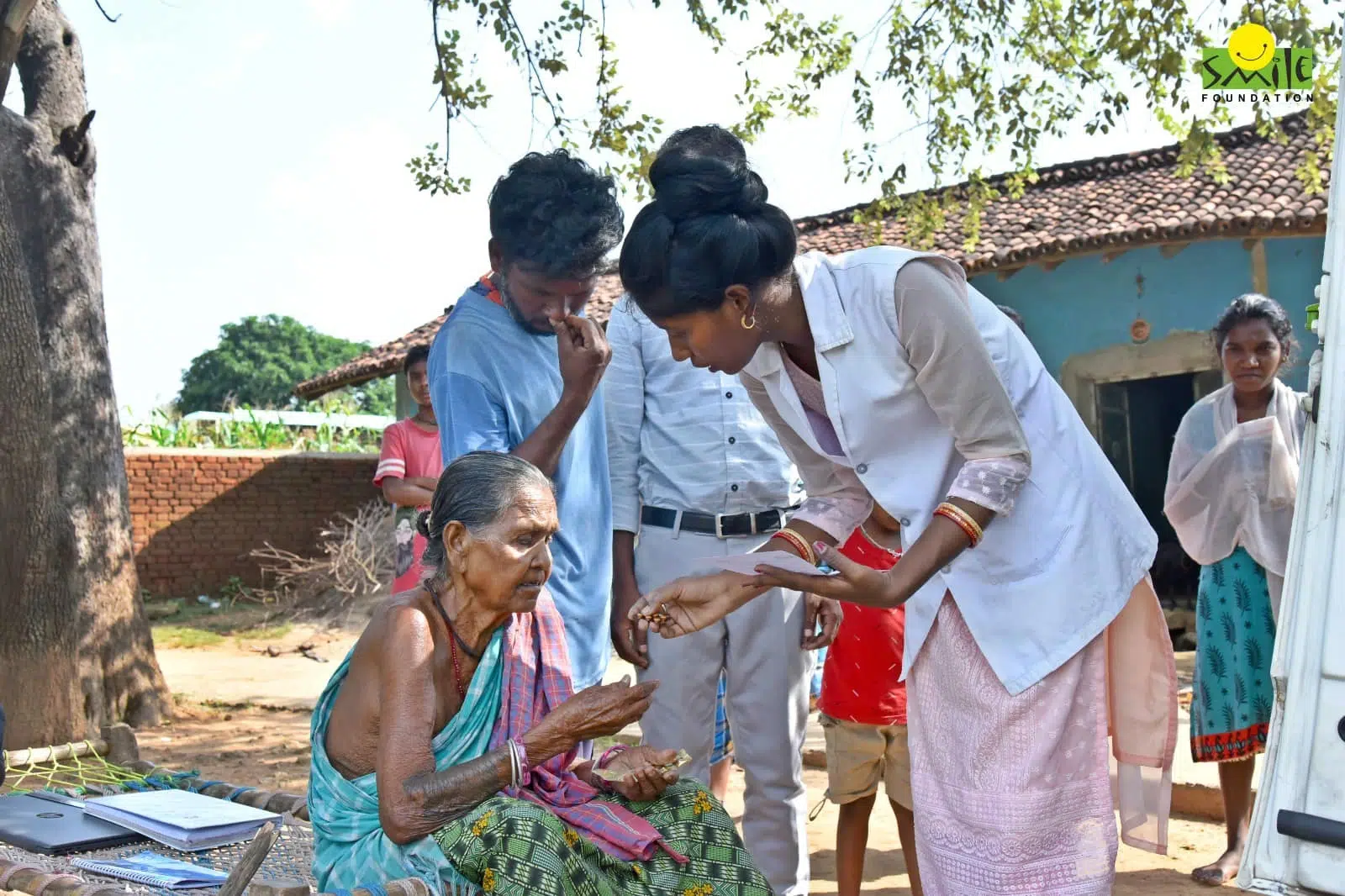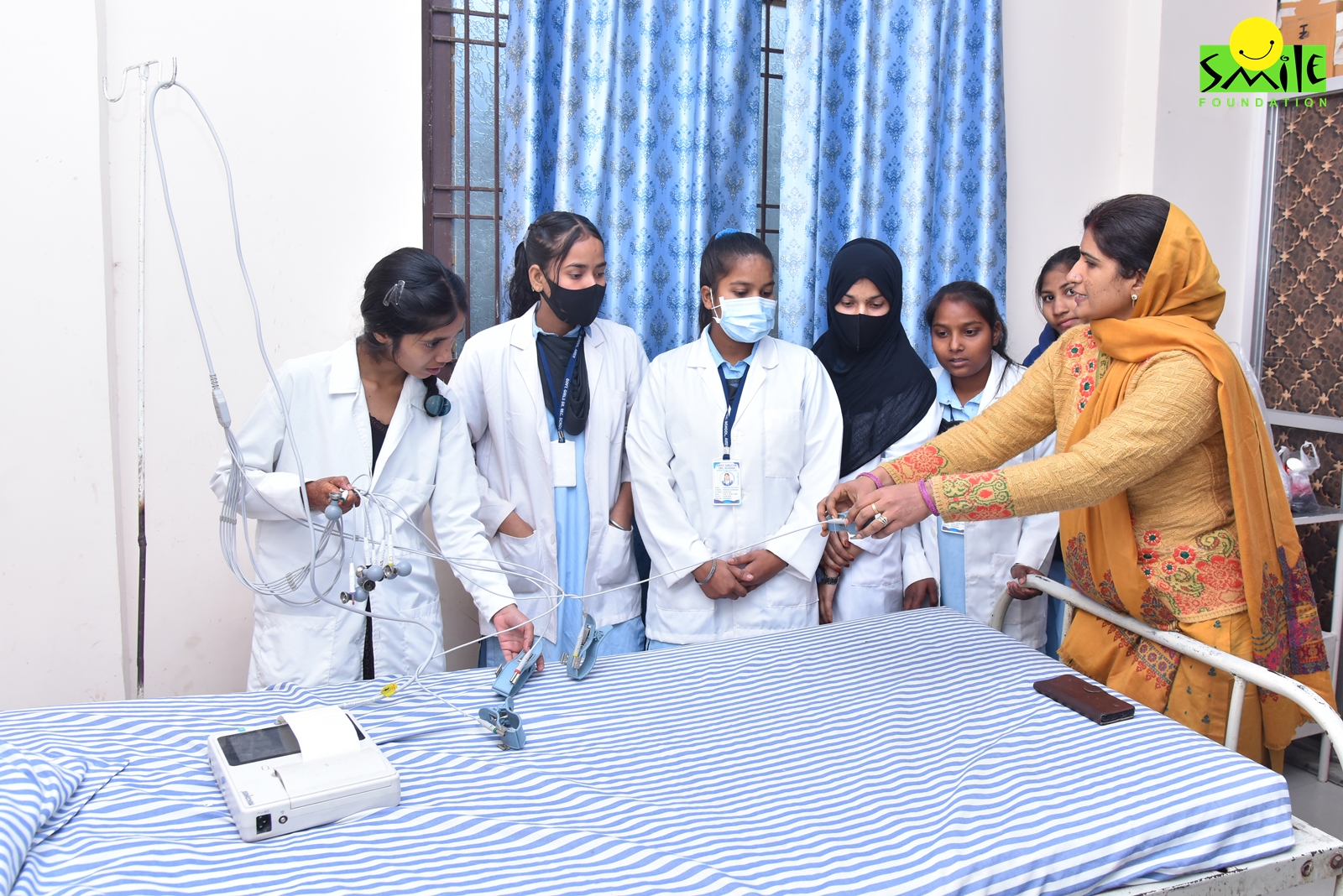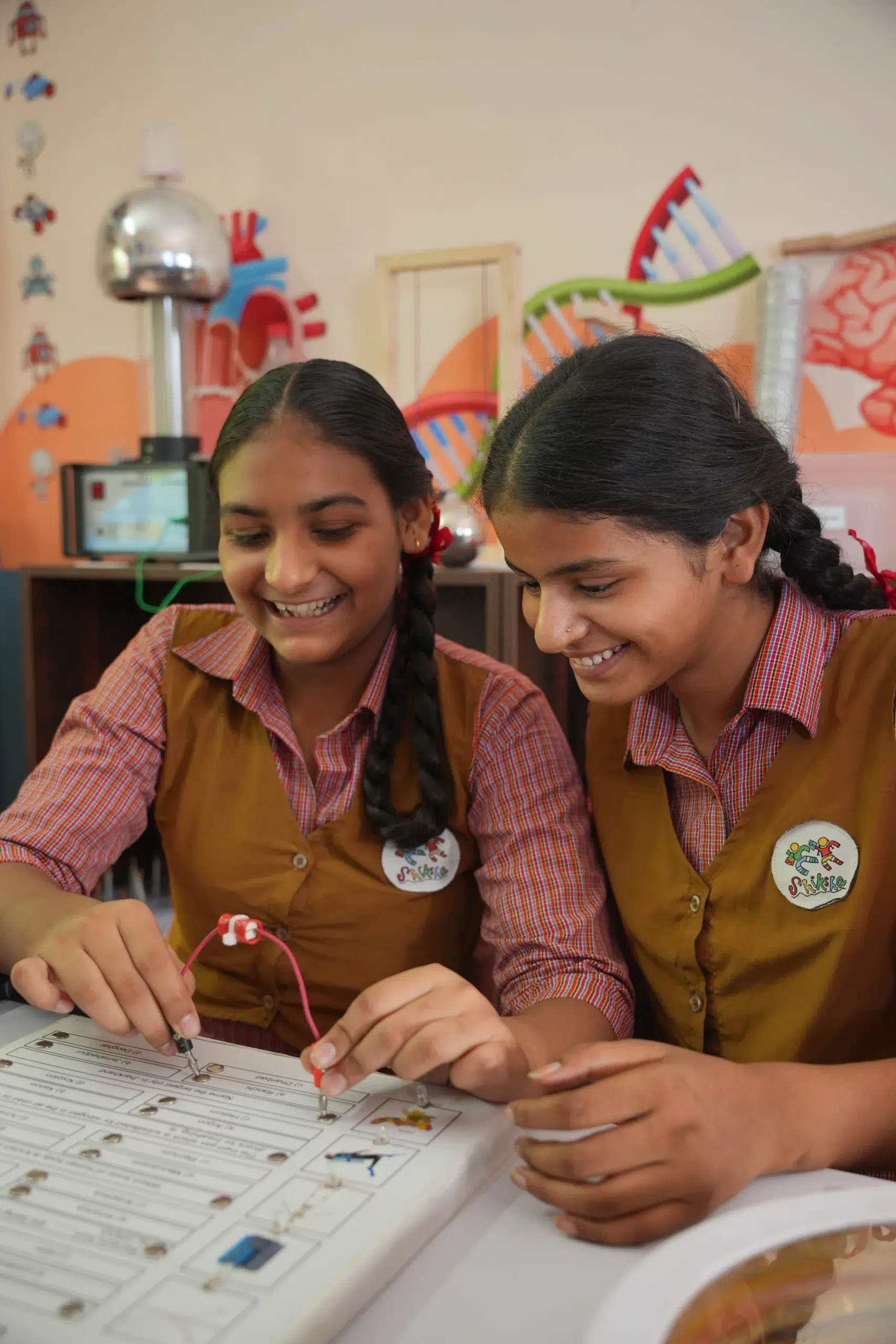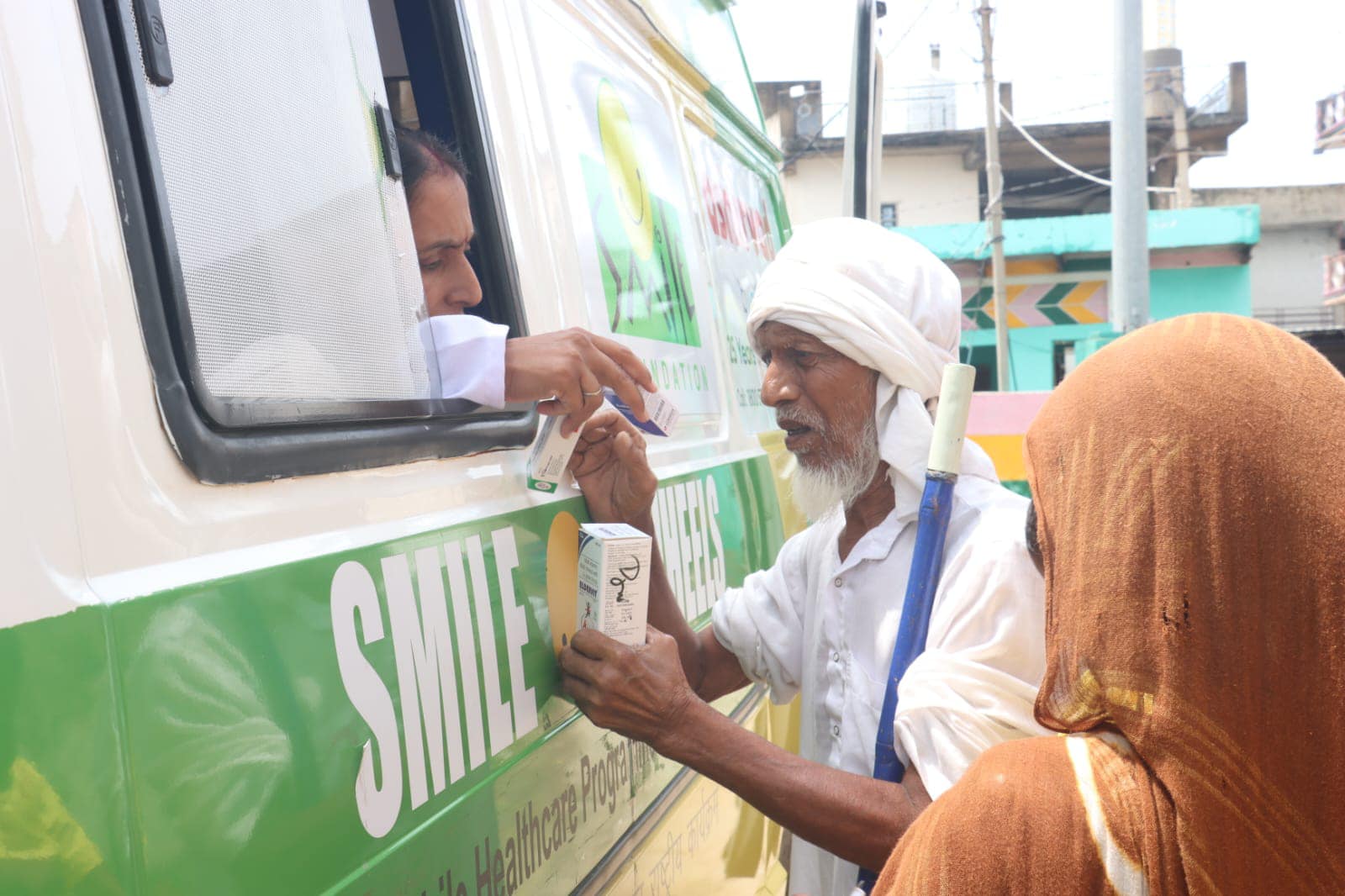Women in India spend an average of 7.2 hours on unpaid domestic work compared to 2.8 hours spent by men. This naturally impacts their ability to participate in paid work.
Equal participation and leadership of women in political and public life are essential to achieving the Sustainable Development Goals by 2030. However, data show that women are underrepresented at all levels of decision-making worldwide and that achieving gender parity in political life is far off, says a report on the UN Women’s official website.
In India, this has been seen in the recent elections. The 18th Lok Sabha comprise only 74 women compared to 469 men, says a Firstpost report, adding that “this share is not only abysmally skewed but also lower than the 14.4% share of female representation during the 2019 election, where 78 women were elected as MPs.”
Women’s representation paves way for gender equality
Gender equality can be achieved if there is more representation of women in all sectors. For women’s representation can improve democracy, improve decision-making, provide role models for young women, lead to more sustainable policies like those that focus on environmental policies and sustainability.
However, the UN estimates that it will take 140 years for women to be equally represented in leadership positions in the workplace.
More women in the workforce boosts economic growth
According to an article in the Observer Research Foundation, India, which has the largest working-age population in the world that is expected to touch nearly 70%, cannot afford low participation of women in the workforce anymore.
A recent report has forecast that the next five years are crucial for the country to achieve a GDP growth rate of 8%, and to ensure that growth, women must account for more than half of the new workforce which will be created by 2030, says the article.
Decrease in gender disparities
The State of Working India Report 2023 says that there is a decrease in gender disparities in employment trends in India. According to it, older women with lower levels of education are exiting the workforce while younger women with higher levels of education are entering it. The number of women in salaried employment is increasing, while women in informal wage work are decreasing. While the share of women working in agriculture is decreasing, the proportion of women entering the services sector is increasing.
As the number of women in salaried employment increases, it has a positive impact on the gender gap in earnings, which decreases with more women leaving casual wage work.
Women are engaged in unpaid work
Though there is an increase in women entering the workforce, the burden of domestic and care work on women has not decreased. Women in India spend an average of 7.2 hours on unpaid domestic work compared to 2.8 hours spent by men. This naturally impacts their ability to participate in paid work.
“Many women, though competent, are unable to put in long hours at work as they are the ones who are responsible for childcare as well as caregiving,” says HR consultant Sathya Rajeev. “So some women quit even though they are performing well at the workplace.”
According to State Bank of India (SBI)’s Ecowrap report, the total contribution of unpaid women’s work to the economy is around 22.7 trillion rupees ($276.8bn; £216.7bn), almost 7.5% of India’s total GDP.
The NGO International Development Organisation estimates that Indian women spend 150 million workdays every year fetching water. If women can spend this time in paid activities, they can be financially independent, which would give a boost to the economy.
Having women in leadership roles helps the nation
There is established and growing evidence that women’s leadership in political decision-making processes improves them, says the UN Women’s article. According to it, research on panchayats in India discovered that the number of drinking water projects in areas with women-led councils was 62% per cent higher than in those with men-led councils.
Change is in the air: More representation of women
The female labour force participation rate (FLFPR) was recorded at 24.1% shortly after Independence in 1955. In 1972, the FLFPR increased to 33 percent, after which it steadily declined and fell to its lowest level in 2017 at 23%.
There has, however, been an improvement in the FLFPR in the last six years. Data from the Periodic Labour Force Survey (2022-23) indicates that FLFPR is at 37%, an increase of 4.2 percentage points from the last survey (2021-22).
Stumbling block: Conservative social and cultural norms
The participation of women in the workforce varies depending on the industry. For instance, you will find more women in the IT sector while there are fewer in the manufacturing sector. This is due to conservative social and cultural norms, and patriarchal attitudes.
For the last four years, I worked in the renewable energy field. I found that there were very less women entering the field as the men in their families weren’t allowing them to go and work,” says DEI consultant Chandra Duraiswamy. “The factory was outside Bengaluru and the men were worried about safety of the women though the company had safety protocols in place. They also didn’t women to wear the uniform (trousers and shirts), work night shifts or use the same cabs as men.”
Companies get proactive
“To change the men’s perception, the company conducted an open house where the men and families got to tour the facilities available for women, and speak to the female employees,” says Duraiswamy. “There were special transport facilities for women and changing rooms and toilets that were far away from similar facilities for men.”
The women were willing to come and work, he says, but once they get married there are fresh challenges. “We have to once again convince their husbands and in-laws, and once they have children, they quit work,” says Duraiswamy. “Even in the IT industry, which has more women, not many are in leadership roles as women leave work when they have children, when their husbands move cities or countries or since they are the primary caretakers in the family.”
How to bridge the gender gap through representation of women
“Just setting up a quota for women is not enough. We need to convince men that it is ok for them to take on more responsibilities at home, and be the primary or secondary caretaker,” says Duraiswamy.
The problem is there are gendered roles, he says. “Society should move to a space where roles are not gendered. Men and women should focus on doing the tasks that they are good at,” he says.
Also, though lots of policies are made for women, it’s often men who decide what women need. “Women are never consulted. Policies should be drafted with inputs from women for it to be effective,” says Duraiswamy.
Smile Foundation’s Swabhiman programme
Smile Foundation’s Swabhiman programme is at the forefront of empowering women and creating pathways to gender equality in India. Focused on building self-respect and confidence among women, the initiative addresses key issues that hold women back from participating in the workforce, leadership roles and public life. Through targeted interventions like health camps, skill development workshops and community mobilisation, Swabhiman works to break down the barriers that often limit opportunities for women—whether that’s due to unpaid domestic work, cultural norms or a lack of education.
By enabling women to access healthcare, financial independence and educational resources, Swabhiman not only uplifts individual women but also strengthens entire communities. The program has reached over 500,000 women and adolescent girls across India, offering them the tools to take charge of their futures. With more women entering the workforce and becoming leaders in their communities, the Swabhiman programme is playing a critical role in closing the gender gap and creating a more equitable society.



